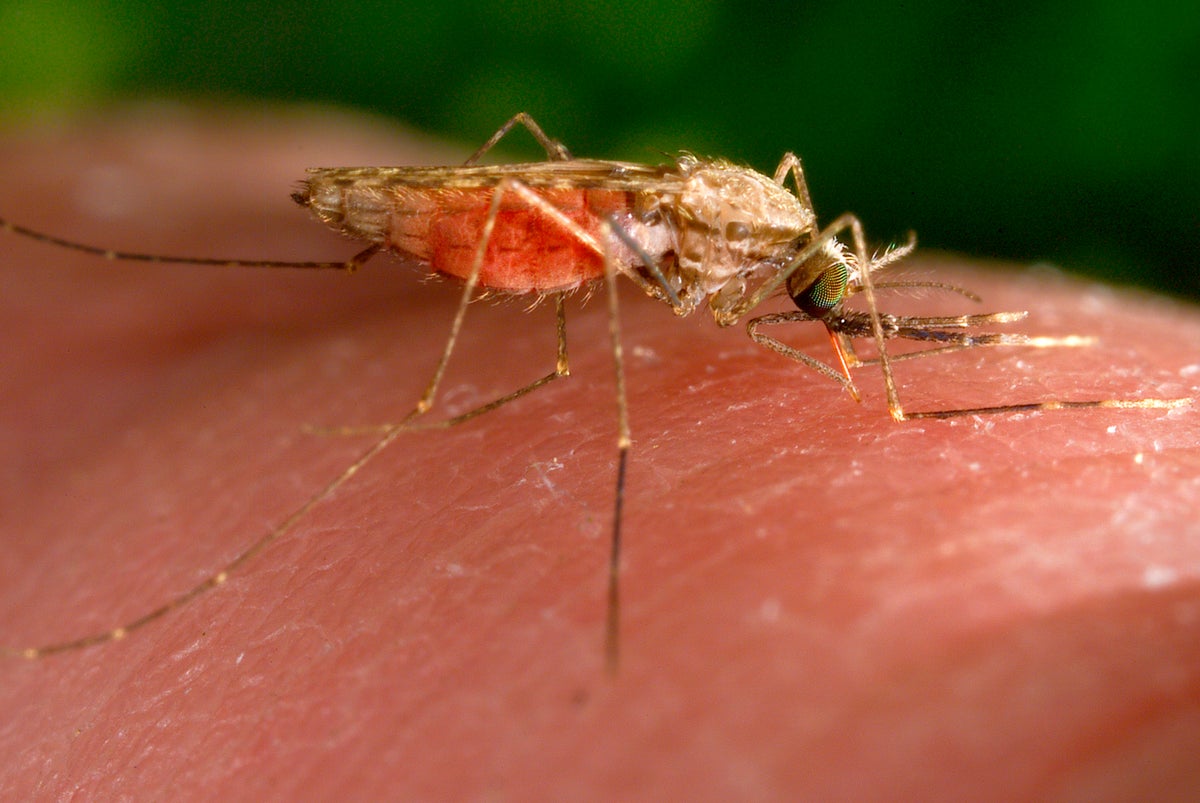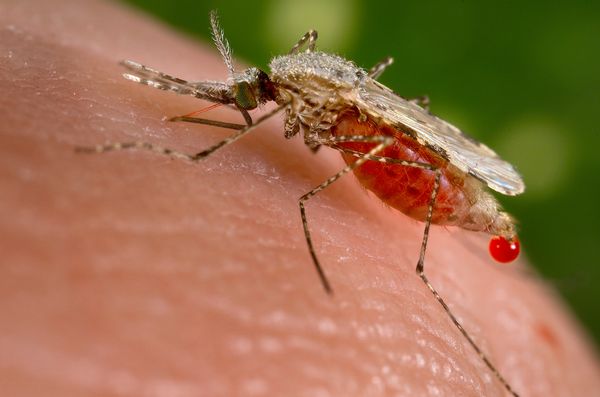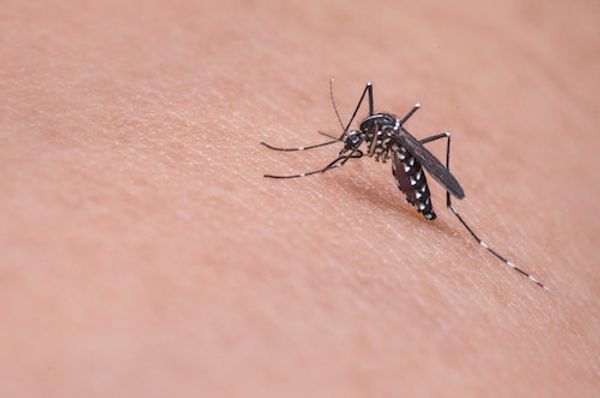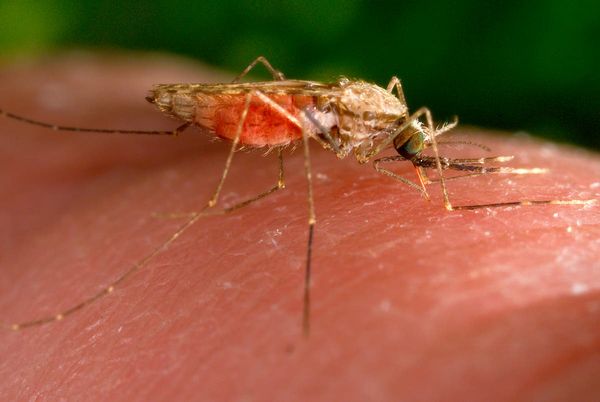
Five cases of malaria spread by mosquitos have been reported in the US in the last two months. Four of the cases occurred in Florida, and another was reported in Texas, according to a Monday US Centres for Disease Control and Prevention health alert.
The development has sparked concerns, as there hasn’t been a local spread in the US for approximately two decades.
The disease is caused by a parasite that can be transferred via mosquito bites. Afflicted individuals may show symptoms including fever, chills, and flu-like complications. Malaria can cause serious illness and death if left untreated.
Health officials have warned doctors — particularly those in southern states with warmer weather more amenable to mosquito populations — to be mindful of the disease when examining patients.
They advised doctors to develop plans for obtaining IV artesunate, a first-line treatment for severe malaria used in the US.
The five individuals who contracted the disease are reportedly "improving", according to the CDC.
Malaria has been an especially deadly disease for sub-Saharan African countries. The top 16 countries with the most malaria deaths in the world are in the region, according to the World Health Organisation. In 2022, the organisation reported that 593,000 people died from the disease in the region, down slightly from the 2020 estimate of nearly 600,000 deaths.
Though malaria is typically associated with Africa due to its continued prevalence in parts of the continent, the disease was also a scourge for indigenous Americans as well as settlers and pioneers up through the early 20th century. Typically called ague, the disease was believed by pioneers to be caused by exposure to swamps, as they did not know mosquitos were carrying a parasite that spread the illness.
Reports from the Northeast through the Midwest and the South and southeastern states all indicate malaria was a problem for American pioneers. Efforts in the early 20th century to drain swamplands and marshes — ideal breeding grounds for mosquitos — helped to reduce the number of illnesses.
By the 1940s, state and local health agencies in the US set out on a sweeping campaign to eliminate malaria, typically through the use of DDT and pesticides to kill off mosquitos. Continued swamp drainage efforts and the destruction of known mosquito breeding grounds were also undertaken during the campaign.
The effort was a success; by 1951, health experts considered malaria largely eliminated from the US, according to the CDC.
There are still approximately 2,000 US cases of malaria diagnosed every year, though the majority of those cases are travelers returning from countries where the disease is more prevalent.
Since 1992, only 11 outbreaks of malaria originating in mosquitos native to the US have been reported. The last known outbreak was in 2003 in Palm Beach County, Florida, when eight cases were recorded.
It is possible that outbreaks of US-borne malaria will become more common as a result of the climate crisis.
A 2021 study published in The Lancet found that warming global temperatures may elongate the transmission period for a variety of mosquito-borne illnesses, like malaria and dengue.
The potentially increased transmission season could put between 4 to 7 billion more people at risk of the illnesses by 2070, the report finds.
“We show that malaria suitability will increase by 1·6 additional months (mean 0·5, SE 0·03) in tropical highlands in the African region, the Eastern Mediterranean region, and the region of the Americas. Dengue suitability will increase in lowlands in the Western Pacific region and the Eastern Mediterranean region by 4·0 additional months (mean 1·7, SE 0·2). Increases in the climatic suitability of both diseases will be greater in rural areas than in urban areas,” the study found. “The epidemic belt for both diseases will expand towards temperate areas. The population at risk of both diseases might increase by up to 4·7 additional billion people by 2070 relative to 1970–99, particularly in lowlands and urban areas.”










